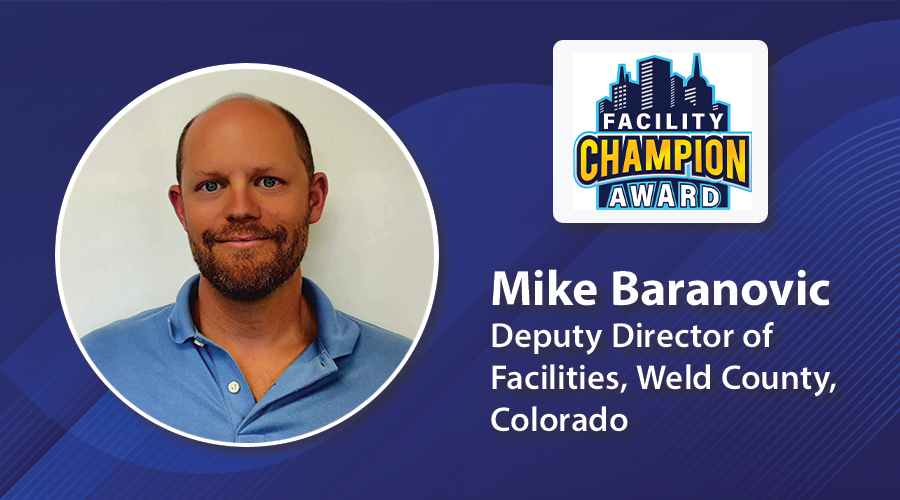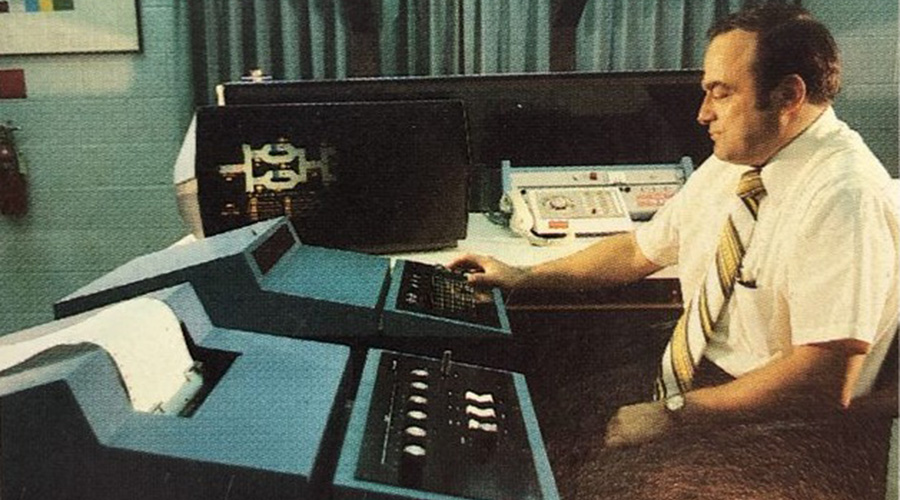The Road To Safety
Safe workplaces don’t just happen. Reaching that goal requires managers to plan, act and follow up
The work of maintenance and engineering departments is fraught with potential dangers. From inspecting boilers and troubleshooting power distribution systems to inspecting roofs and using power tools, workers face safety hazards daily.
An effective employee safety and health program is a decisive factor in reducing work-related injuries and illnesses. For a safety program to be effective, it must address all workplace-related hazards.
Regulations govern many hazards employers must identify. But whether regulations govern hazards or not, maintenance and engineering managers and their staffs must identify and address existing and potential hazards, including those occurring from changes in workplace conditions and practices. Departments must identify and control job-site hazards for a safety and health program to succeed.
Effective safety and health programs — those that keep employee injury rates exceptionally low — typically have common characteristics. These characteristics include organized and systematic methods for assigning appropriate responsibilities to all managers, supervisors and employees, such as continually identifying, inspecting and controlling existing and potential workplace hazards.
The benefits of controlling workplace hazards, however, go far beyond lowering worker injury rates. They also include improved worker morale, higher productivity rates, and an improved bottom line for the organization due to reduced worker compensation rates, as well as other direct and indirect costs.
An engineering and maintenance staff’s duties have a great deal of influence on the success of workplace safety programs because their daily duties are among the most hazardous activities that take place in facilities.
Setting Goals and Direction
Everyone is responsible for safety, but effective safety programs require recognition and support from top management. Maintenance managers should not despair if upper management at a facility offers little or no support. With a little research and salesmanship, managers can easily translate the benefits of safety to top management into dollars and cents.
The commitment of top management, along with employee participation, provides the synergy necessary for an effective program. Top management not only provides needed resources but also is a motivating force for organizing and controlling program effectiveness. Involved and committed top management recognizes employee safety as a core value of the organization.
Employee involvement provides a commitment to safety and health protection for themselves and other workers. Maintenance and engineering duties require that both groups understand the importance of maintaining a commitment to safety.
To make safety a priority, managers will have to develop clearly stated work-site policies on safety and health for engineering and maintenance staffs. Also, a policy statement will communicate the value of safety to the organization.
Managers also should establish goals and objectives for implementation. Since an effective program requires the commitment of employees and managers, all personnel in the organization must participate in its development, planning and operations.
Assigning safety responsibilities also should involve all staff. A clear statement of how these responsibilities relate to organizational goals and objectives is essential because employees won’t perform if they don’t know what is expected of them.
Maintenance and engineering departments also will need the necessary authority and resources so they can assign responsibilities. With authority comes accountability, however. It is crucial to track performance by the organization and individual departments to reward compliance and correct non-compliance.
Identifying Hazards
The form of a safety and health program’s elements and implementation actions varies at each organization, based on its size and the nature of hazards and potential hazards the program addresses.
One element that will surely fall in the lap of engineering and maintenance departments is hazard identification, prevention and control related to maintenance tasks. In general, hazard prevention and control are triggered by a determination that a hazard or potential hazard exists in the workplace. But identifying hazards and potential hazards in the workplace requires an active engineering and maintenance staff.
Ongoing examinations of work processes and working conditions must be thorough because many hazards can be difficult to recognize, and recognizing hazards that could result from new or changed work practices or conditions requires special observation and thought.
In fact, identifying existing and foreseeable hazards might require outside expertise, but a systematic and thorough approach involving both managers and workers can uncover most hazards.
One particular area of safety responsibility for maintenance and engineering departments relates to preventive maintenance. Besides helping departments head off potential equipment problems, preventive maintenance is essential in revealing potential hazards and preventing breakdowns that could create safety hazards.
Another essential task for maintenance departments involves analyzing planned and new facilities, processes, materials and equipment for hazards. Departments should perform these analyses routinely to uncover previously unidentified hazards.
The successful involvement of employees in hazard prevention and control requires that they understand the threat a hazard poses and ways they can protect themselves and others.
Personnel who perform comprehensive baseline and specific-hazard audits might require greater expertise than those doing routine inspections. Technicians who perform regular assessments, audits and inspections should have enough experience and competence to recognize hazards and identify the actions to resolve them.
Involving employees in efforts to identify and control hazards gives them valuable insights into the process. In many instances, workers understand specific hazards better than managers and supervisors, and they know the resources that are necessary to correct and control them.
Designing Inspections
The assessments, audits and inspections that departments use must fit the goals and objectives of their organizations’ safety and health programs, so managers must be thorough when developing and implementing them.
Managers first must know where to look for safety hazards. If reducing worker injuries is a goal, using accident and workers compensation statistics might determine where to focus resources. If regulatory compliance is a goal, findings from a mock inspection by the Occupational Safety and Health Administration or a review of common citations to a particular facility type might provide guidance.
Assessments, audits and inspections can be general, specific or somewhere in between. For instance, periodic inspections could start with a facility-wide or department-wide general approach, and alternating inspections and audits could focus more specifically on operations.
Examples of more focused approaches include evaluations of electrical, fire safety or machine guarding in specific areas, such as offices, production areas, warehouses or maintenance shops. Reviewing recent injuries, accidents or near-miss instances will identify hot spots that might require more focused attention.
Other considerations in designing hazard assessments, audits and safety inspections include who will conduct them, the time and expertise necessary, experience and additional training required, how often they will be performed, when they will be performed, and whether they will be announced or unannounced.
Getting Results
Identifying unsafe work practices and hazardous conditions only has value to an organization if it uses that information to develop and implement corrective measures. To maintain the credibility of a safety program, managers need to address the identified practices with prompt follow-up.
But following up on recommendations should not end at the actual unsafe act or condition. Engineering and maintenance managers need to ask, “How or why did this event occur?” Correcting work practices and providing training will help prevent a reoccurrence.
If managers fail to follow up on employee recommendations in a timely manner, however, the whole system is likely to lose credibility.
Measuring Performance
How can a maintenance department prove that resources used to improve safety are working? Managers must address two questions: Are injuries, accidents and near misses reduced? Are workers’ compensation and insurance rates lower? To show that safety pays, managers can highlight answers to these questions for everyone in the organization.
For programs to succeed, managers first must get support and direction from upper management. Once this support is in place, managers can develop the scope of the safety program and implement the necessary assessments, audits and inspections.
Once a program identifies hazardous and unsafe conditions, managers must take timely action to address the problems to ensure the program’s credibility.
Jeffrey C. Camplin, C.S.P., is president of Camplin Environmental Services Inc. in Rosemont, Ill.
Safety Pays: A Case Study
General safety inspections, accidents, and near misses can help identify the need for more focused inspections. Consider this example:
A large laboratory performing general safety inspections uncovered electrical cords from equipment hanging over work areas, presenting tripping and snagging hazards. A more thorough inspection revealed several incidents of employees tripping on cords while carrying chemicals resulting in spills.
The company held in-services to make employees aware of the hazards of dangling electrical cords. A follow-up inspection found that employees had secured long electrical cords by pinching them in draws.
This new action caused the cords to fray, exposing bare wires in areas where flammable liquids were used on a regular basis. A follow-up focus inspection identified the new hazard that was promptly corrected.
|
Related Topics:











